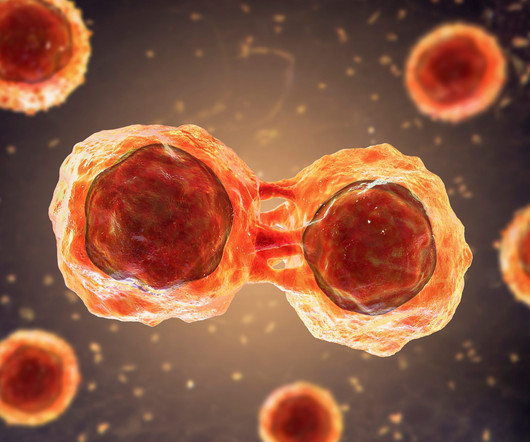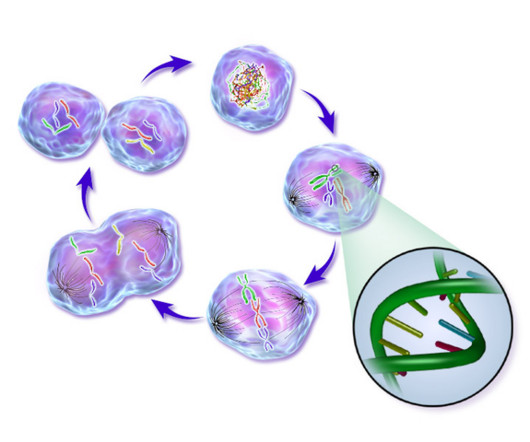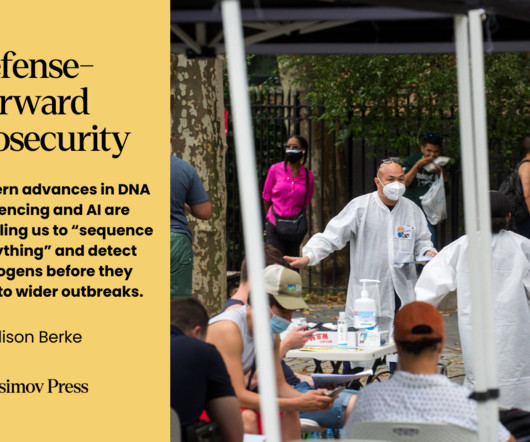The evolution of cell therapy to address unmet medical needs
Drug Target Review
JUNE 19, 2024
The other powerful benefit is that our cell lines can become any of the cell types of the human body – these cells have within their DNA the capability to become any of the more than 200 human cell types which you might want to manufacture. Just like small molecules and antibodies, cell therapies are changing how we treat patients.












Let's personalize your content